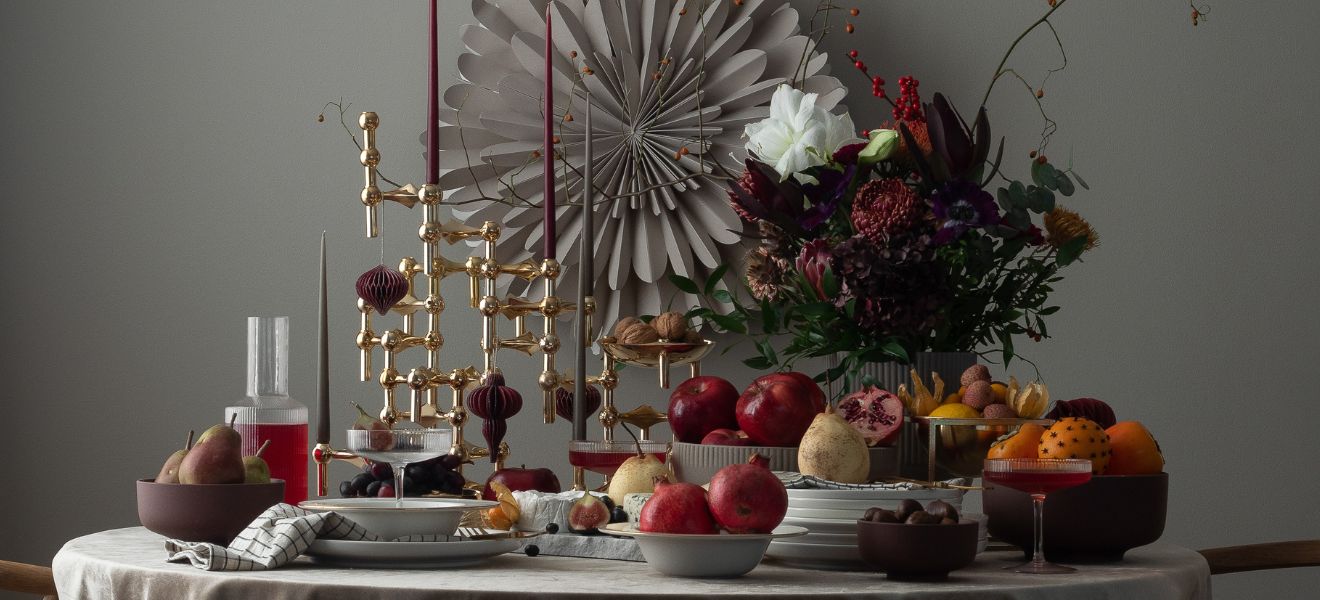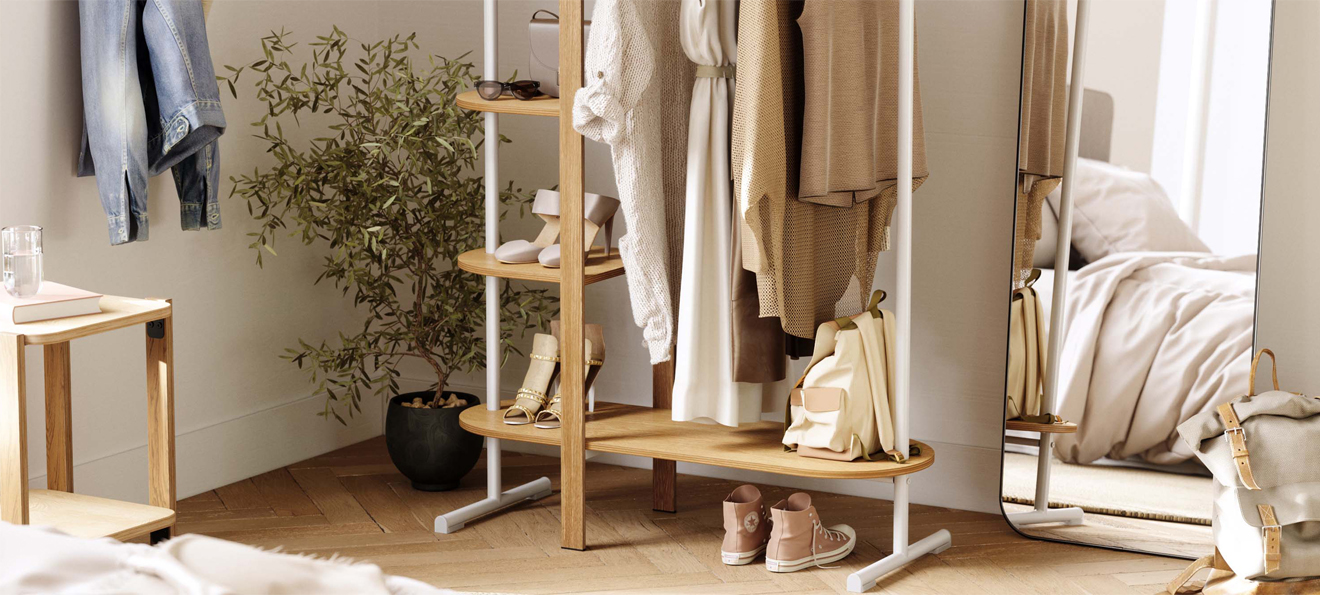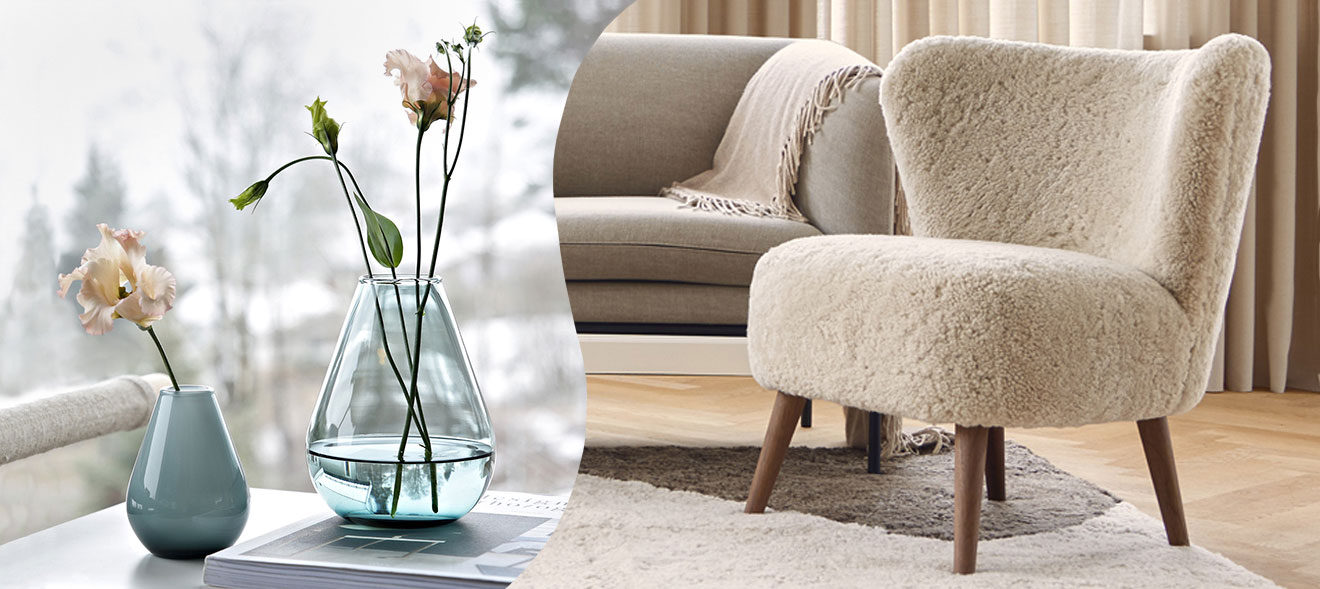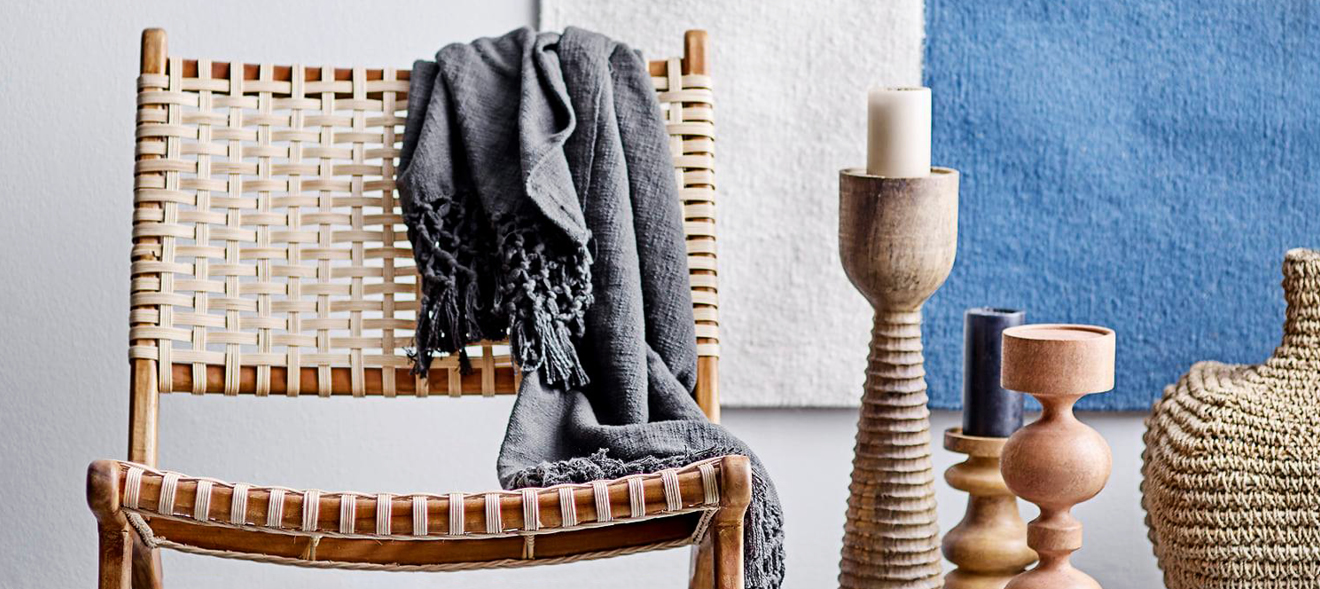The bathroom door closes. Now it’s time for peace, relaxation, and the need to arrive at oneself – far away from the hustle and bustle of everyday life. In the “spathroom”, we put a stop to stress and indulge ourselves in some luxury in our own home.
Looking back in history, a private bathroom is pure luxury in itself. While the first modern bathrooms with running water appeared in the 19th century, most Europeans only had their own bathroom integrated into their own apartment in the 20th century. In the early advanced civilisations in Greece, in the Roman Empire as well as in the Hamam in the Middle East, privacy was not the most important aspect of bathing. People socialised and even did business while enjoying the hot steam. So, the bath is a place with a long tradition and a clear mission: body care and regeneration. How this was achieved was always subject to the customs, demands and technical possibilities of the time.
In the past decade, the bathroom has increasingly become a place where people want to spend more time. Not only for dental care and showering, but for more: The bathroom advanced to become a haven of peace and a wellness oasis in one’s own four walls. The trend intensified when public baths, spas and thermal baths were closed during the Corona pandemic. The forced retreat into the private sphere is now followed by a new longing to withdraw and leave the world outside.


Welcome to the spathroom!
Wellness in your own bathroom – that’s what the combination of “spa” and “bathroom” represents. But what does “spa” actually mean? There are various approaches to this question: The most likely explanation is that the traditional spa town of Spa in Belgium, with its mineral springs that have been used since the 16th century, coined the term. Some would like to derive the word from the Latin translation of “health through water”: Sanus Per Aquam, Salus Per Aquam or Sanitas Per Aquam. Or one suspects the origin in the past tense of the Latin verb for “to flow forth”: “sparsa”. That would make sense because the first baths were built near running water. In the spathroom, too, water remains a central element, even if the simple washroom has had its day. In the end, today it’s just like in the old days: Those who go to the bathroom want to linger and do something good for themselves and their health.

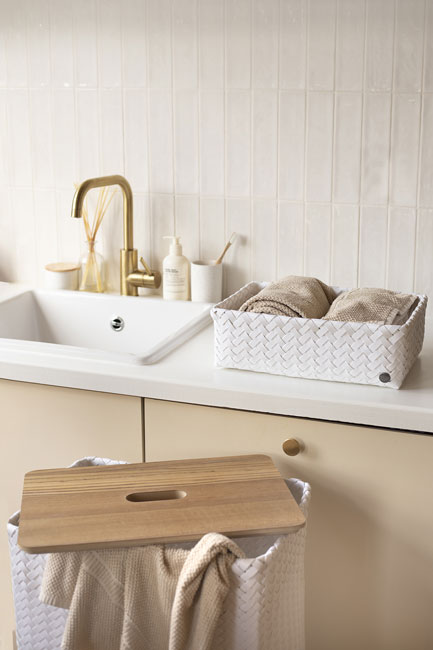
What does it take for a home spa?
A seamless transition from the bathroom to the sleeping area is becoming increasingly important, and with that cosiness takes centre stage: Washbasins are becoming long sideboards with attached bowls, free-standing bathtubs convey a homely atmosphere and decoration as well as accessories provide cosiness. They preferably come in soft colours – white, beige and light grey dominate here. Highlights are set by pastel variations of colours from nature: green like the forest and blue like the sea. It goes without saying that uniform white and garishly coloured plastic in the bathroom are a thing of the past.

In the spathroom, wood surfaces contrast with the ceramic surfaces of washbasins, tubs, and toilets. Earthenware and warm metal colours make their appearance, while wicker products impress with a soft touch. All senses are to be engaged, and thus a variety of products are introduced into the bathroom: audio systems for background music, pleasant sources of light, fragrant candles, and gentle brushes for relaxing massages are examples here.


Creating order, establishing peace
External order brings inner calm. Regularly clearing out cosmetics and items that are rarely used reduces the chaos in the bathroom. What remains is stored out of sight. Nevertheless, essentials like trash bins and toilet brushes are still found in the new comfort zone. With their simple design, they visually recede and harmoniously blend into the overall design. If in small apartments the bathroom is also the laundry room, it’s worth investing not only in beautiful laundry baskets but also in original helpers. For instance, the ceiling dryer by Sepio is innovative and extremely space-saving.


The bathroom as an oasis in everyday life
In the spathroom, it is allowed to focus entirely on one’s own needs. Moreover, the fast-paced life without a pause button is no longer en vogue. Those who work a lot and are on the move need phases of recovery. In the bathroom 2.0, it’s not necessarily about opulence, even though whirlpool tubs or luxurious skincare are certainly in demand. Focusing on the essentials promotes minimalism in design, and sustainability and closeness to nature in ingredients and materials.
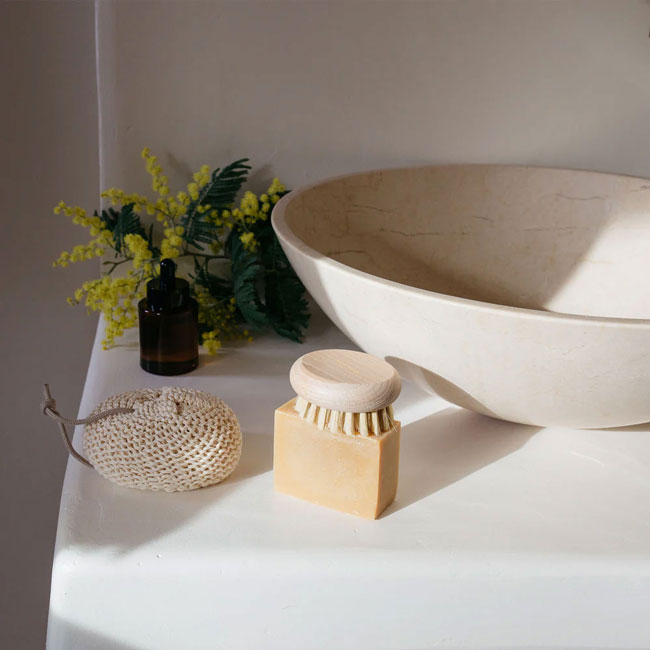

Soothing warmth and fragrances
After bathing or showering, drying off with a fluffy towel and then heading to the couch in a bathrobe: How great that you are already at home when using the home spa! It’s precisely the small amenities that make the wellness feeling perfect: A warm body oil, a few drops of fragrance on hot lava stone, and the luxury format hot water bottle from YUYU – the spa moment is perfect.


Header image: Villeroy & Boch

